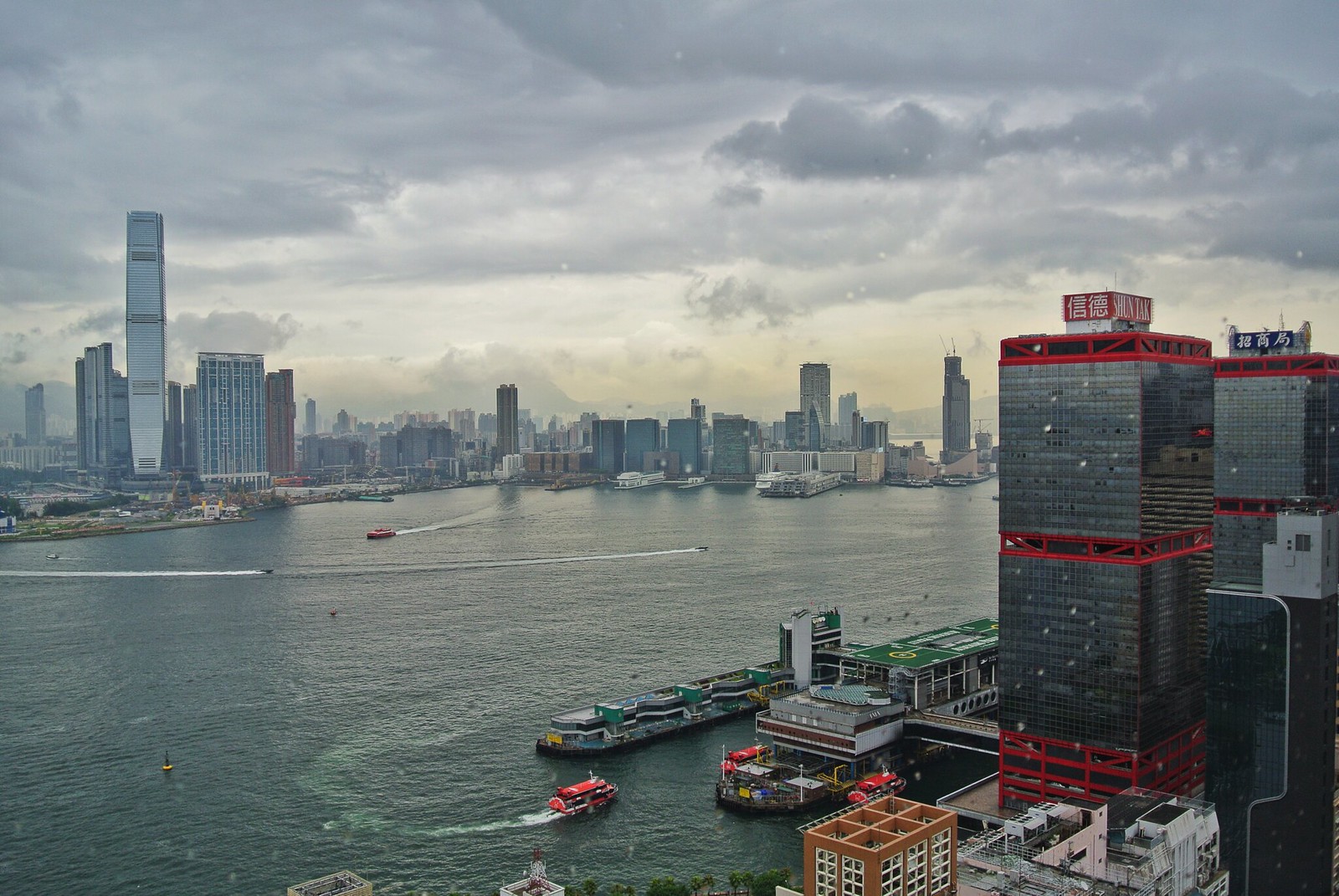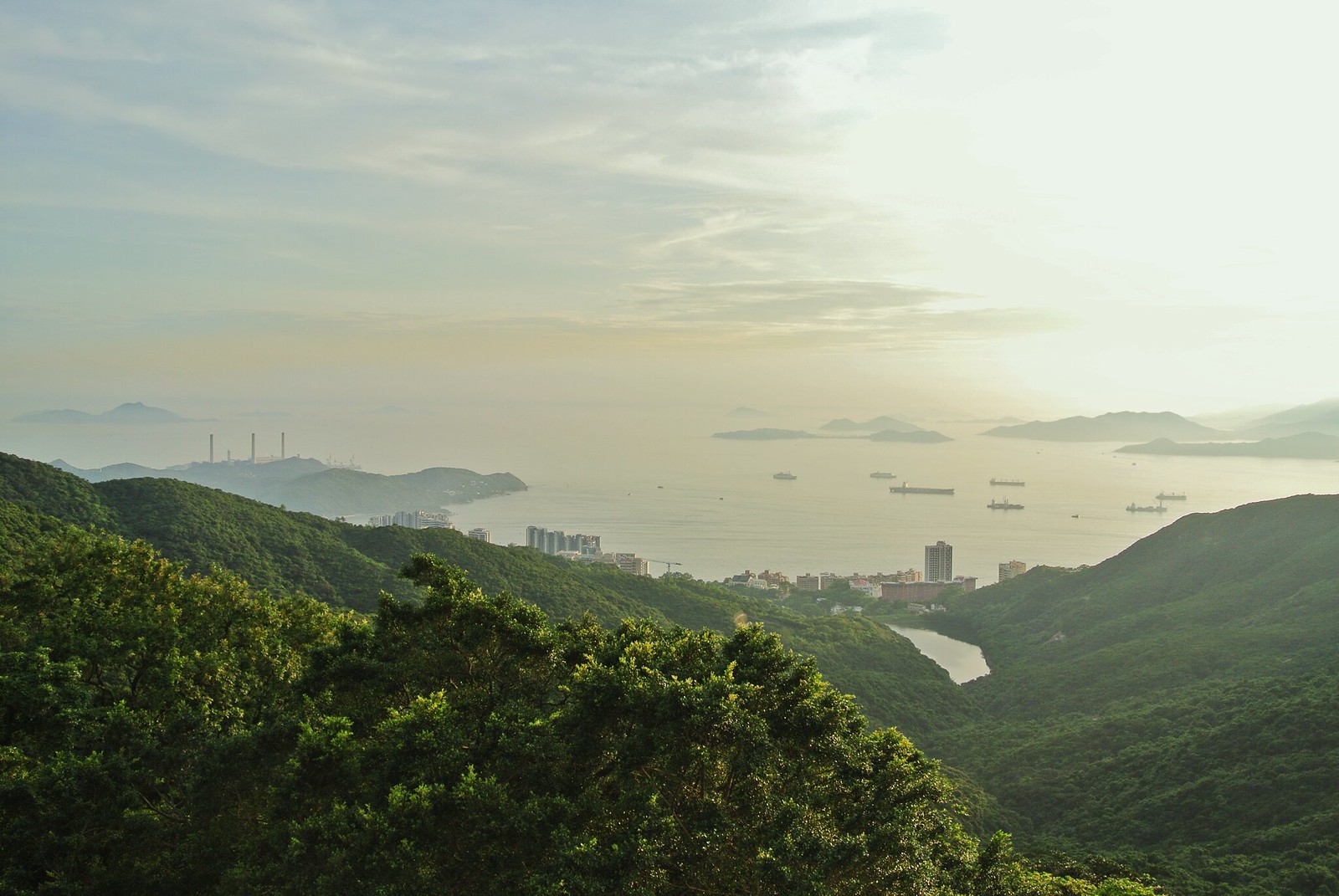Articles in this section

I think Hong Kong in the Monsoon is wonderful. The weather sadly also makes exploring a bit difficult.
Whenever you go somewhere, sooner or later you will have to decide what to pack. There are many things to consider for your decision, and one of which will be the looks of it. I will not cover this aspect on this blog, as I am not good at it anyway. Luckily there are other things I am better at, mainly being choosing the right clothing concerning the climate of the destination. In this article I am going to write about how I go on to choose proper clothing and try to give some good tips for that.
1. Taking a look at the destination
Well, considering you are reading this article you probably have understood that, wherever you are going, it’s going to be hot and a little wet. However, there is a lot more to that as one might think in the beginning. One might of course just pack everything one could ever need and that would probably work, however especially in more remote areas you probably don’t want to be running around with multiple suitcases, right? There are several things you need to look out for. You should have a basic understanding of geography, don’t worry, bear with me and I’ll explain. There are two main things determining the climate, question being, which one makes more of a difference, being: 1. Time of Day and 2. Season. The first case is rather obvious, it simply means that it’s colder at night, as there is no sun. Makes sense, right? The second case isn’t much harder really, what essentially happens, is that due to the tilt of the earth, sometimes there will be more sun and sometimes less. (Ever heard about the polar night and day? It’s the exact same phenomenon.) This of course is very important, as this can tell you, whether you have to expect large temperature changes during your visit. Don’t believe me? Example: The Sahara: The Sahara is rather hot at day, with temperatures reaching as high as 60°C. At night however, temperatures reach as low as -10°C. Another Example: Yakutsk: Also known as the coldest inhabited place in the world (actually not, but it is the coldest city), in Winter you will have to cope with temperatures as low as -70°C, independent of night and day, in the summer however, you will have a very comfortable (and surprisingly hot) +30°C. Despite that it’s also important that land masses cool down and heat up faster than water bodies do, you might have realized, that neither the Sahara Desert nor Yakutsk have a lot of water near them. So that’s that, you probably could just as well google the climate, but I just told you almost a whole year of my geography education (cool, right?). After you’ve done that, you can move on to:
2. Attitude
We as travellers have quite an advantage compared to other people, being that we don’t always have to be perfectly tidy, and we can use that, considering that the rain can actually cool you down. You don’t even have to get completely wet for that, according to some friends (and my own impressions), a wet (waterproof) jacket will still feel cooler than a dry one (it’s all got to do with water evaporation). I think that it is important, that you realize, whether it is ok for you to get wet, as this will be making things a lot easier. Be advised though, that when hiking in higher regions especially the descent might get a little cold. With that sorted, I would move to
3. Choosing proper clothes
Physically you need to look at how the heat is transported to you and then dress accordingly. In a so-called arid climate, the heat will mainly be transported by the sun and the ground (I’ll cover that soon enough), in a humid climate however, heat will be transported mainly by air. This means, that there is not a lot of sense in trying to cover up with long sleeves or long trousers. I advise loose and breathable clothing. Remember that you probably won’t be able to wash your clothes. There are many Shirts (and even Jackets), which have a ventilated back for wearing a backpack. There are also several backpacks with nettings which are a very good choice (in my opinion). Of course, having a good and proper rain jacket is also a sensible idea. I would suggest going for light softshell jackets, as I’ve got the feeling, that especially the easily foldable, almost plastic-foil-like jackets don’t let any air circulate. I generally don’t see a need for waterproof trousers due to the fact that rain falls from the sky (obviously?) and therefore your trousers won’t get too wet anyway.

Hot and wet climates generally have the highest biodiversity
4. A few last words
Of course, that is not everything. You can always use something to cover you from the sun, just as well as climatized areas. Keep in mind that all of the above will still need you to hydrate enough. It is also advisable to try to keep your hair, shoes and other parts moisturized, as the evaporation will mean further cooling. Happy Travels!
Stay tuned for the next article (whenever I get to do it), then I'll be writing about "One Weekend in Hongkong"
